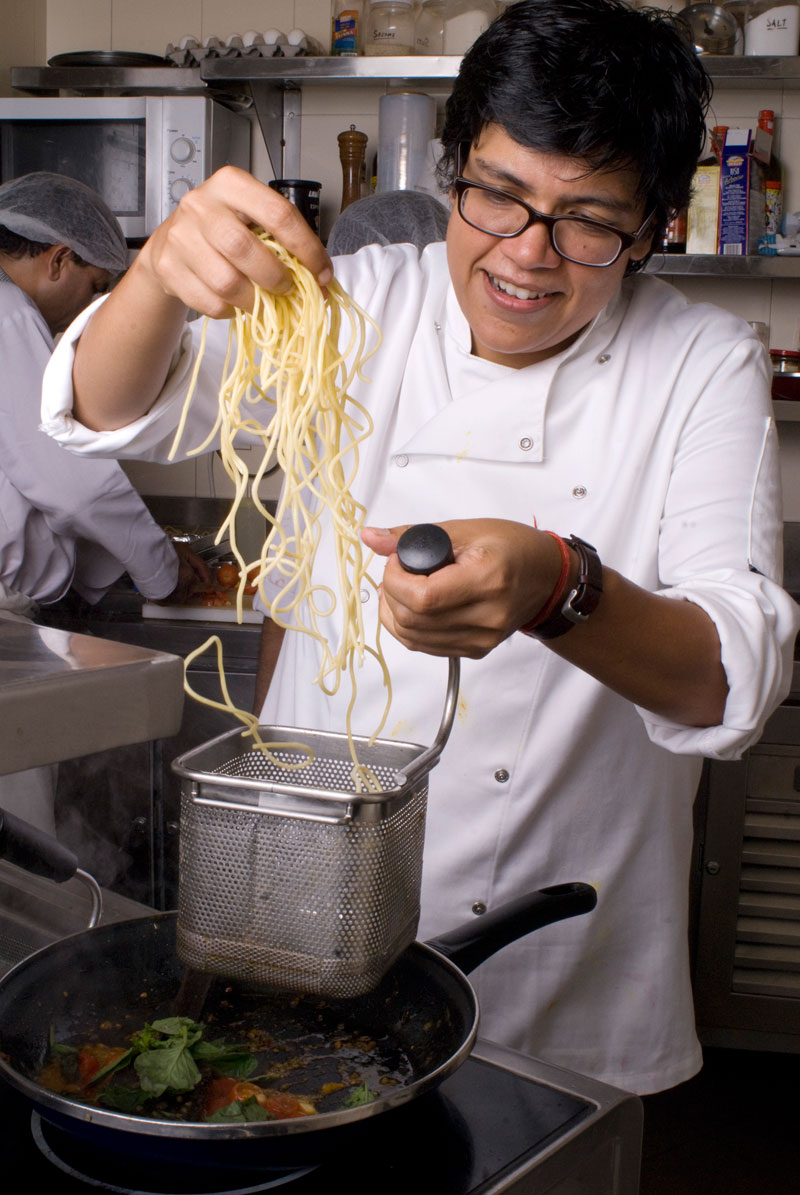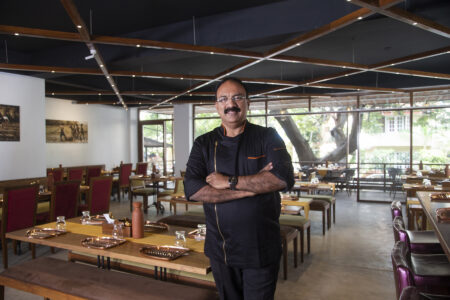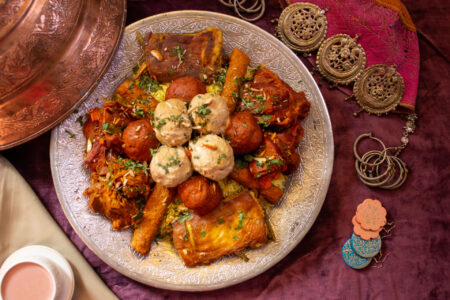Ritu Dalmia, chef-entrepreneur, currently in the process opening her eighth restaurant — her second in Milan — defies any easy compartmentalization. She opened the first successful Indian fine dining restaurant, Vama, in 1996, in the King’s Road, London, and then sold it to return to Delhi. She is the recipient of the Order of the Star of Italian Solidarity from the Italian Government for her contributions to the promotion of Italian cuisine in India, bringing an awareness of good wine, truffles, oil, cheese and genuine Italian cooking, often carrying difficult to source ingredients in her baggage: this, after the failure of her first Italian-influenced restaurant, Mezzaluna, opened in New Delhi’s Hauz Khas village at the age of 21. Gritty, lively and humorous, she has played a largely understated role in the growth of the standalone restaurant, beginning with Diva in New Delhi which has established itself as a byword for excellent Italian cooking and a well-stocked wine cellar. She speaks with Kaveri Ponnapa about failure; her lack of formal training; the subsequent success that followed with a growing number of popular restaurants; two TV shows, including ‘Travelling Diva,’ which aired on NDTV Good Times, and three cookbooks that are as original and unhampered by convention as her approach to life and cooking.
Kaveri Ponnapa: When you opened Mezzaluna in Delhi at the age of 21, did the fact that you were not formally trained as a chef make you hesitate for a moment? Ritu Dalmia: I have always been impulsive and maybe sometimes foolishly so. To be honest, I did not hesitate for a second —put it down to the arrogance of youth!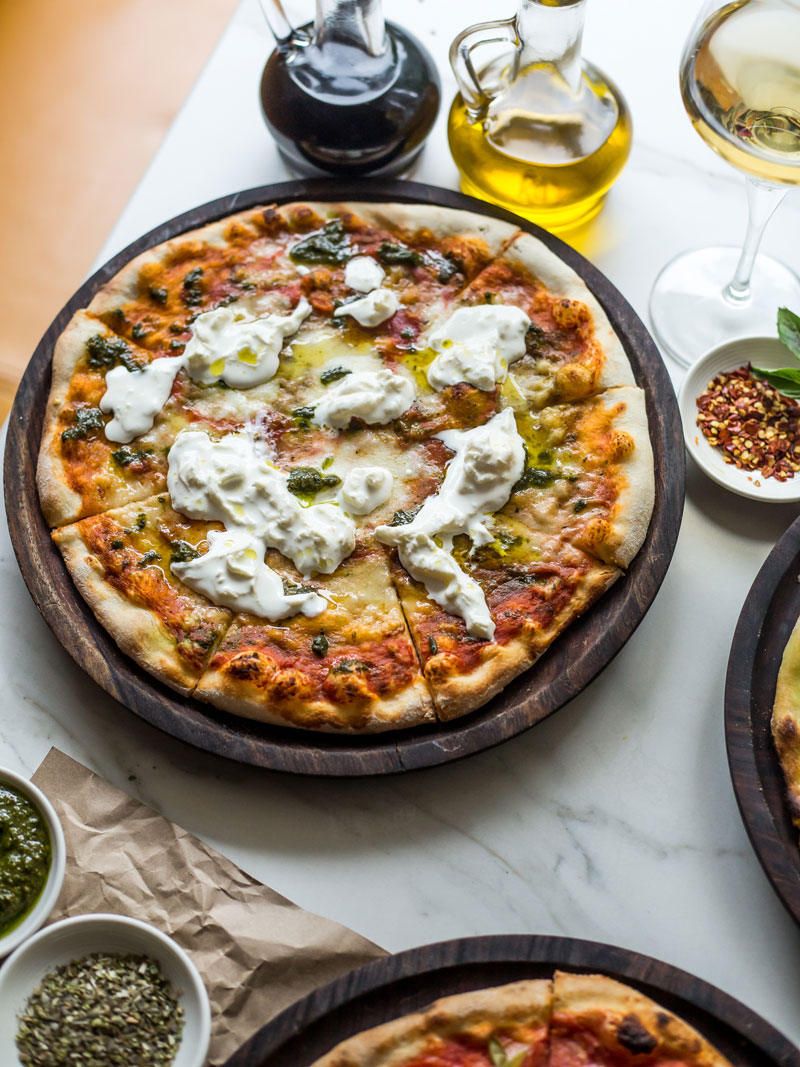
KP: You chose an unfamiliar cuisine —Italian was simply not known in India at that time, raw materials were difficult to procure. What made you go ahead, despite these challenges? RD: I have been in love with Italian food since the time I was 10, on my first trip to Italy. I was very fortunate I got a chance to travel to Italy often, sourcing marble for my family business from the age of 16, which gave me the opportunity to taste the cuisine at its place of origin.
When I decided to open a restaurant, there were no second thoughts: this was the cuisine I loved, and this was the food I wanted to highlight in my restaurant. Of course, once operations started I realised what a task I had undertaken. But having said that, if I was to do it all over again, I would not change a thing.
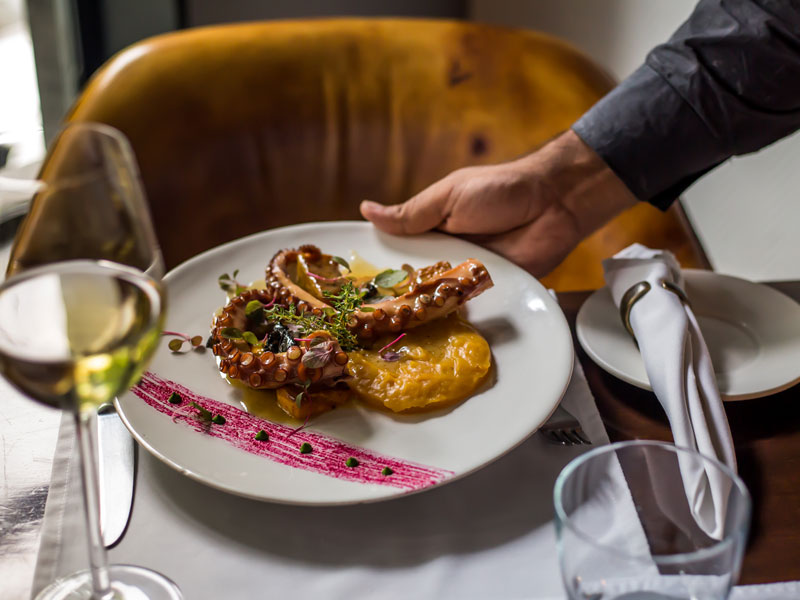
KP: What were some of the major preconceptions that you had to overcome about how people perceived you as a chef? RD: Well, my lack of professional qualifications made the fraternity think of me as an idiot trying to prove a point. Being a woman chef did not make things any easier. My own kitchen team took a long time to accept that, and I really had to work hard to gain respect from everyone. Coming from an affluent family was the worst: I was the ‘rich brat’ trying to run a restaurant. Little did they know that I had zero financial support from my family at that point, because running a restaurant was not a business approved of in a Marwari household.
KP: In your books and restaurants, your love for food comes through, along with a certain lightness of approach which allows you to break traditional perceptions of how food can be viewed, cooked and eaten. For instance, in your cookbook, Italian Khana, you demystified Italian cooking for the Indian kitchen. RD: When I prepared the first draft of Italian Khana, my editor, Chiki Sarkar, had a good laugh, and told me that no Indian would be able to cook from it because many recipes called for an oven. I refused to believe her, and handed over the recipes to friends to try out. She was right, most Indian household had a microwave, but no oven! This was an eye-opener for me. I went right back to the drawing board. I realised the book had to be friendly and easy for an Indian kitchen. We look at all the beautiful Italian cook books, and don’t even manage to try out half of the recipes because of lack of ingredients or equipment. Italian Khana was intended to be a collection of Italian recipes which an Indian could cook, without bastardising the recipes.
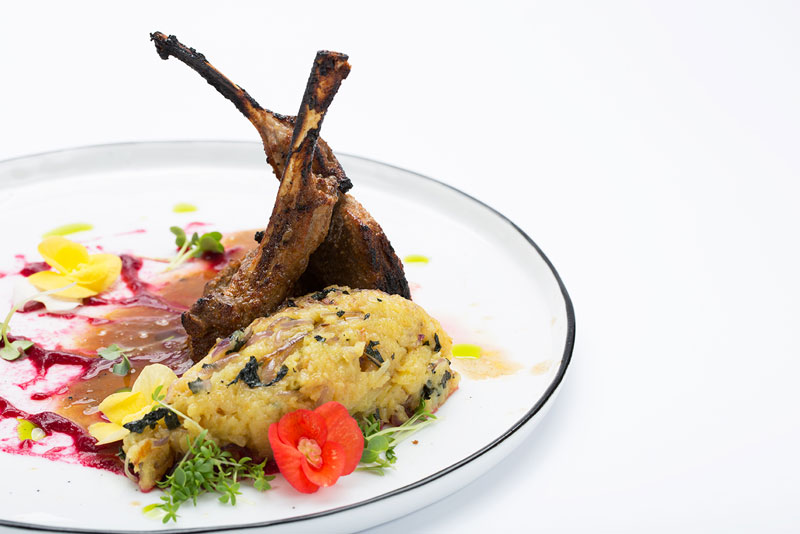
KP: In 2000 you opened Diva in New Delhi, and brought Italian cuisine to the table in a way that it had never been experienced before. Now you have reversed the process, opening Cittamani in Milan, where you serve fusion Indian dishes combined with Italian cooking in a modern, chic setting. What did you want the experience and perceptions of Indian food to be at Cittamani? Tell us about your second restaurant in Milan? RD: Life always is a full circle: I am what I am today because of Diva —serving Italian food in India. So, when we decided to start a venture outside the country it was very clear it had to be Italy, and it had to be Indian. I wanted to change the perceptions of Indian food. At Cittamani you could choose Pork Raan Tortelli; 5-spice marinated tandoori tenderloin steak, bhutte ki kees; or Kerala style calamari with pickled carrot slaw. The inspiration comes from the flavours of Indian home-style cooking. It has been a fabulous journey. Spica, our second restaurant in Milan is like the ‘Travelling Diva’. It is food from across the globe. It reflects dishes that have inspired me and left a memory. For instance, a pork curry I ate in Coorg, or my aunt’s Marwari home-style dish with fennel may feature on the menu. It is my ode to all the people who opened their homes and hearts to me, and made me taste something very special.
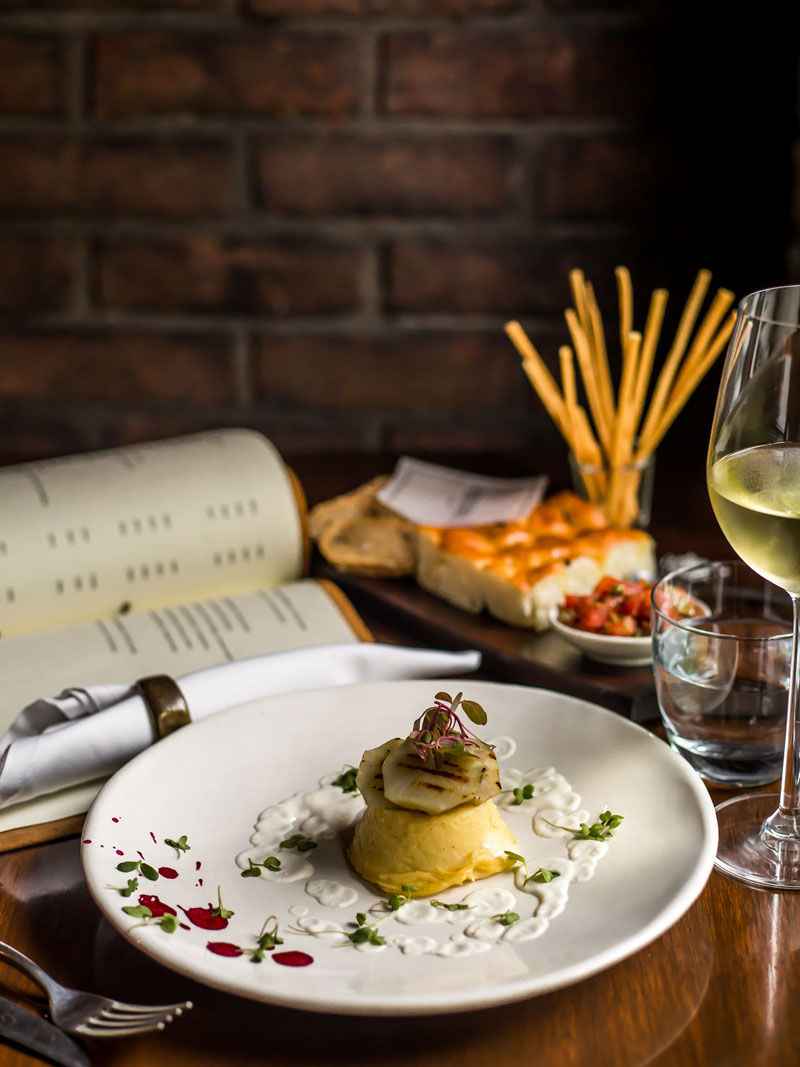
KP: What would you say is your style in the kitchen? RD: I work with my instincts, and everything that happens with me is impromptu. I am easy, and the kitchen is fun for me, rather than a place of strict discipline.
KP: How do you balance cooking and entrepreneurship? RD: I don’t have to do anything —one part of my brain is a chef and the other part is a Marwari—it is in my genes!
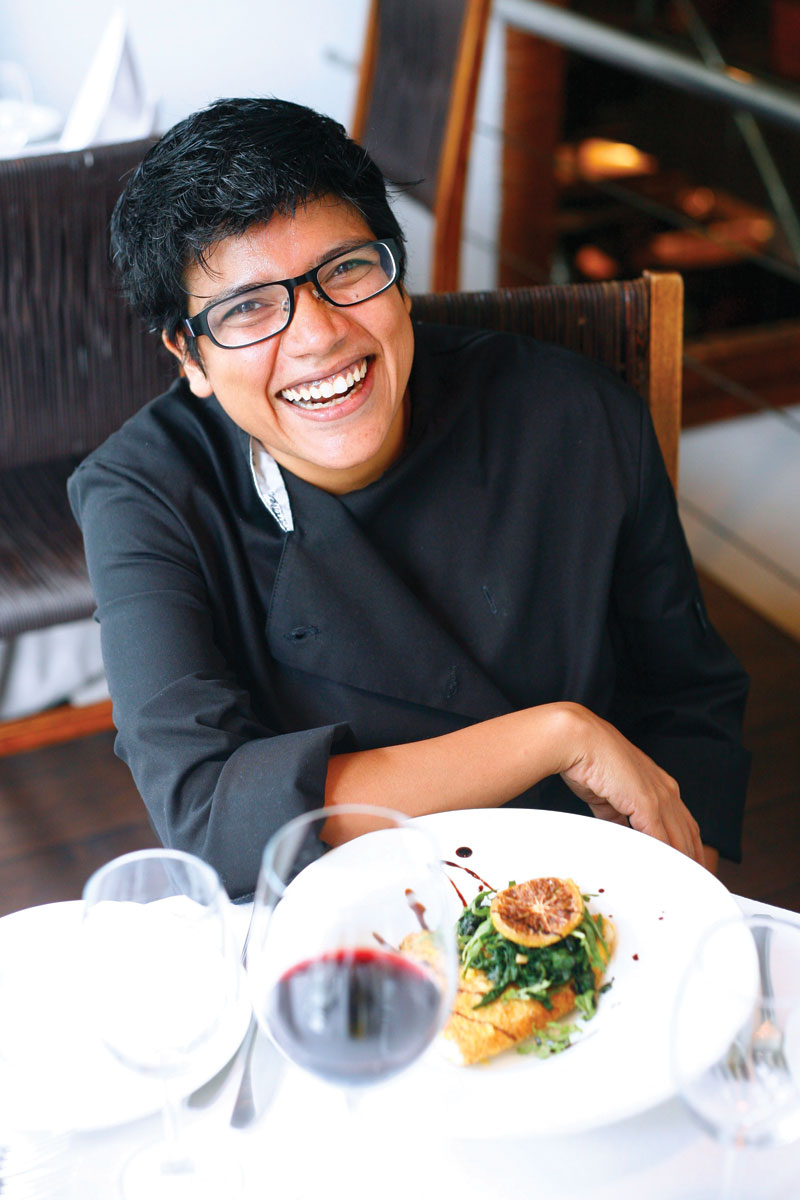
KP: With 8 restaurants to run, how much do you actually cook, now? What do you enjoy about the dynamics of a kitchen, about managing all these different teams? RD: Actually, there’s not much hands-on cooking, except when the new menus are made at the restaurants. I am very lucky with my team and today, most of them run the show independently. Making new menus still excites me, but so does opening new restaurants, managing the cash flow, and doing other jobs that are not kitchen related.
KP: Your love affair with Italy runs to its wines, and you have played a major role in introducing excellent, little known Italian wines through Diva. A good Barolo, you have said, is something you like to drink by itself: although you might also make a risotto with it. What are some of your favourite Italian wines to drink. And which ones would you choose to cook with? Any special recipes with wine? RD: I am partial to Italian wines that’s for sure. A good Sassicaia or a Sori San Lorenzo, when someone else is paying for it! But even a value for money Ripasso can be delicious and perfect for an easy evening. Amongst the whites I love Roero Arneis, Ribolla Gialla or a good Friulano; and give me a good bottle of Franciacorta any day over a bottle of champagne. While cooking, I tend to use Pinot Grigio or a Gavi de Gavi.
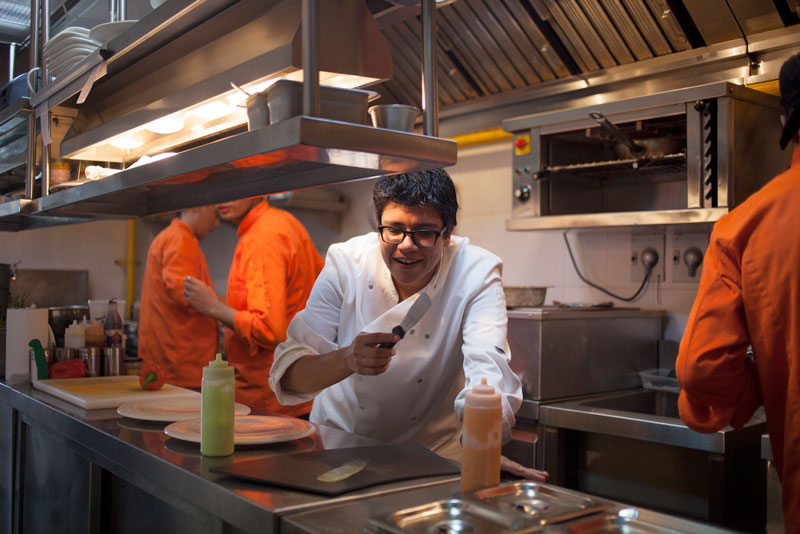
Highlights from the menu at Diva:
Green Tomato Carpaccio, Pecorino Shavings, Basil and Olive Oil
Mushroom and Goat Cheese Arancini
Tender Octopus, duo of Pumpkin, puree and roasted
Wood-roasted Salmon, Citrus Fruit, Sun Dried Tomatoes, Greens
Roasted Carrot and Pumpkin Tart, topped with Crispy Zucchini Flowers
Berry & Berry, pavlova chest, fresh mascarpone, stewed strawberries, whipped ricotta mousse, blueberry compote.
By: Kaveri Ponnapa
Images Courtesy: Ritu Dalmia
This article was published in Volume 15, Issue 2, Summer 2019 www.sommelierindia.com

